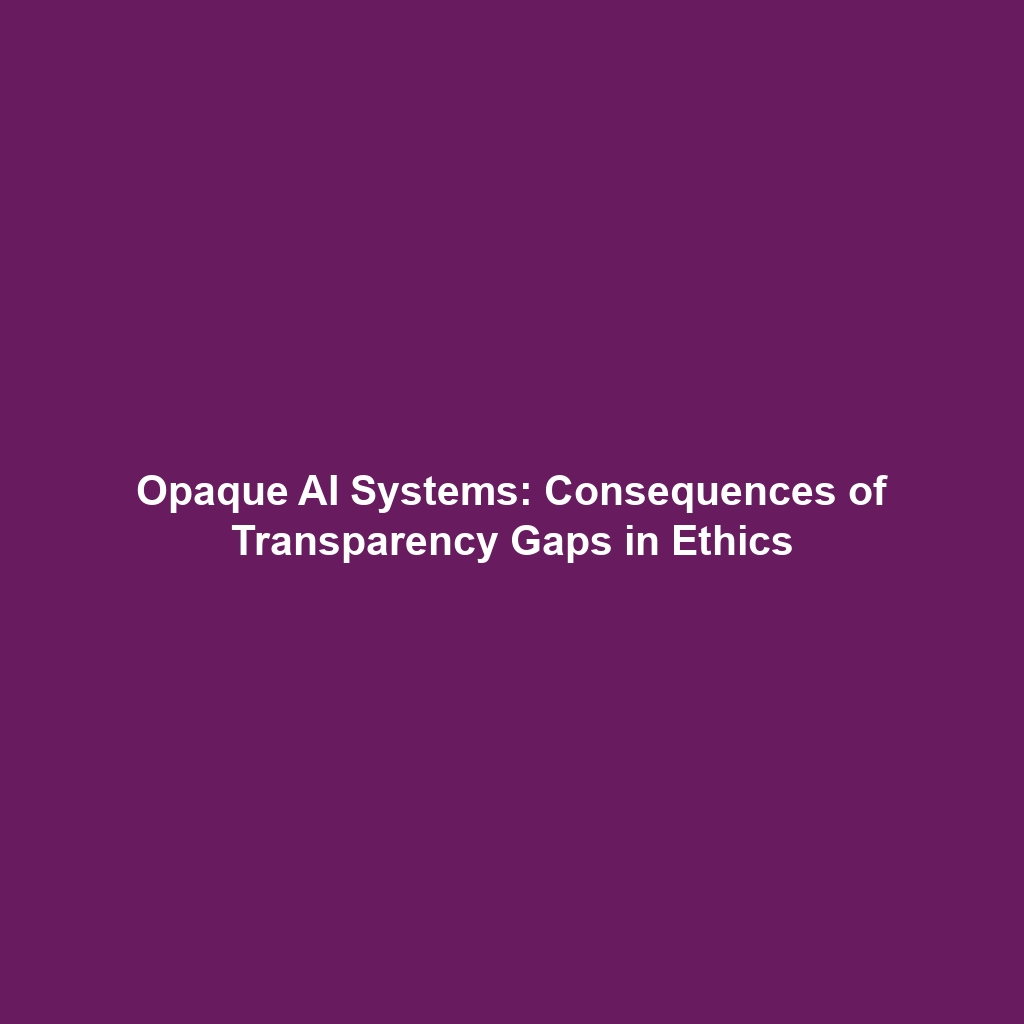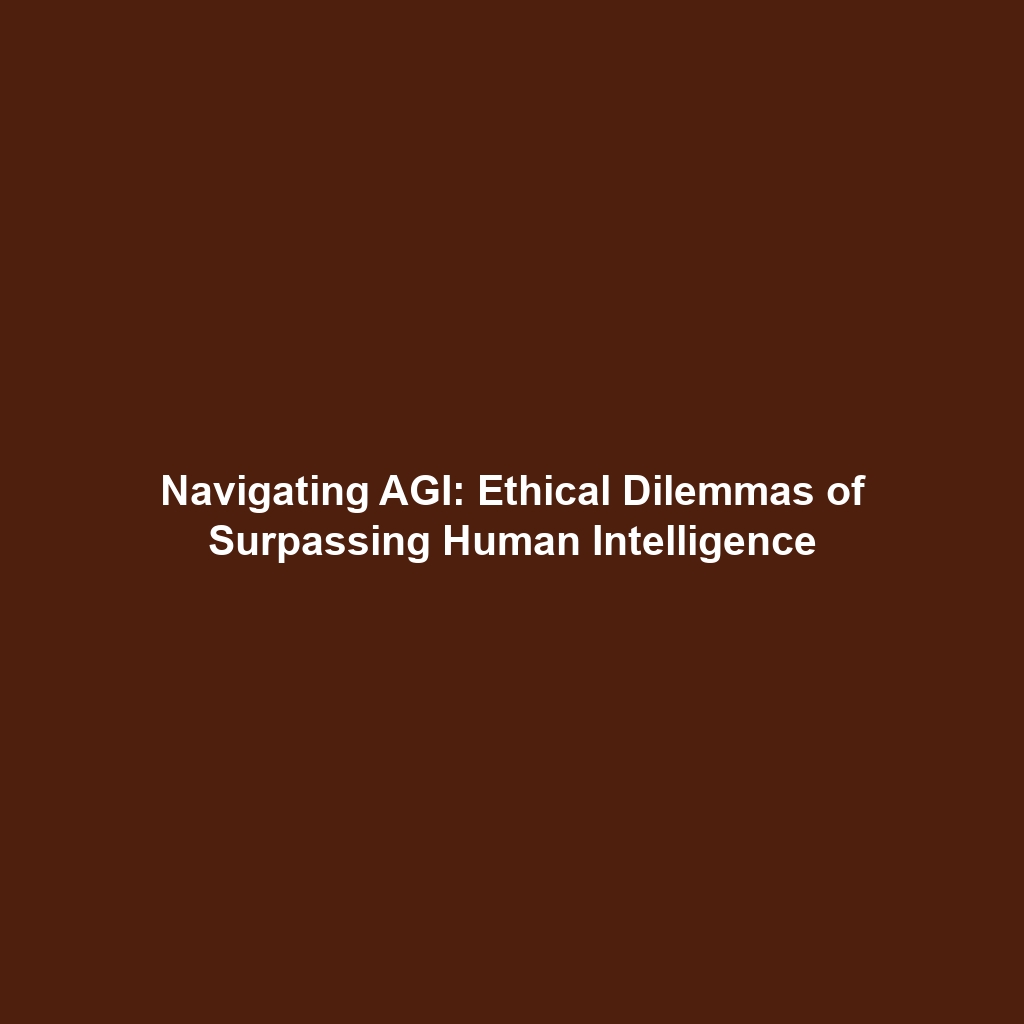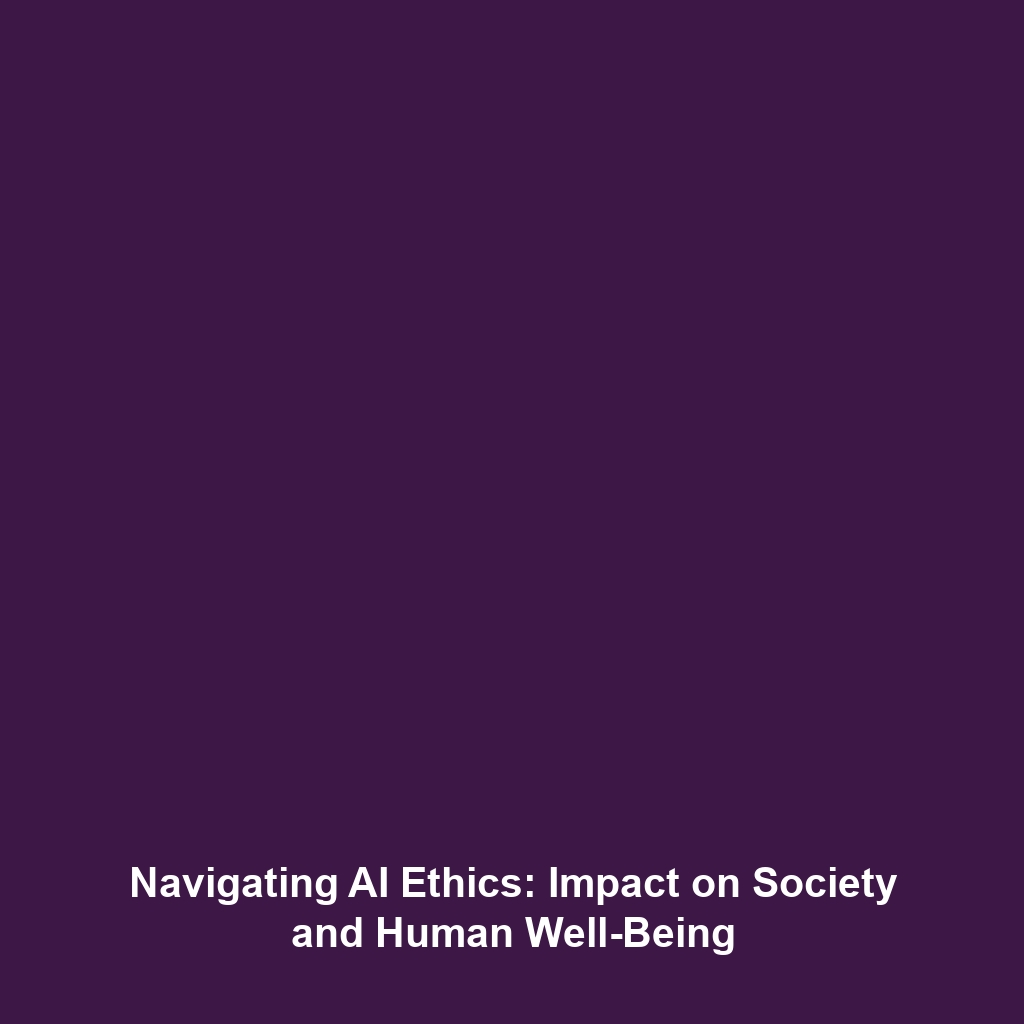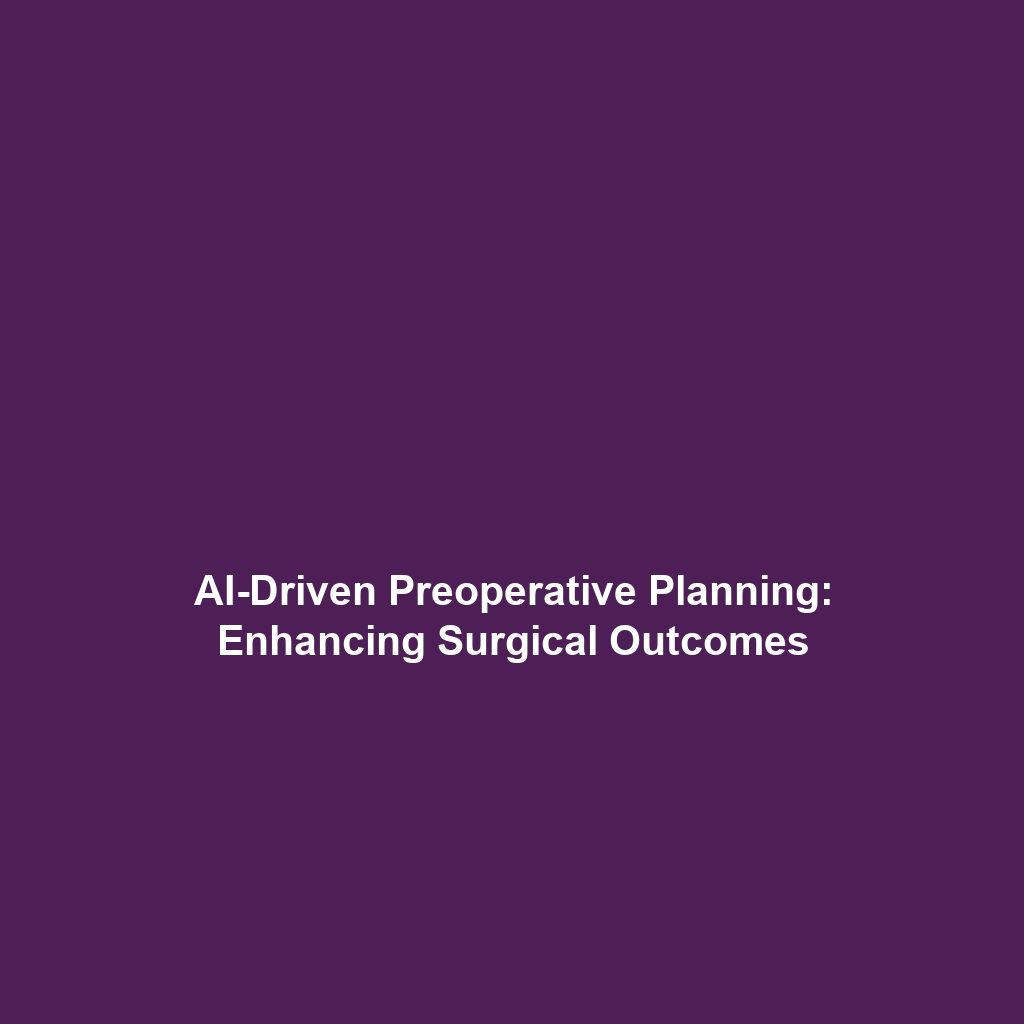Case Studies of AI Used For Social Good: AI in Disaster Response, Environmental Monitoring, and Public Health
Introduction
The integration of Artificial Intelligence (AI) into various domains has paved the way for significant advancements in addressing global challenges.
From aiding in disaster response to enhancing environmental monitoring and improving public health, these applications underline the importance of
understanding the ethical implications of AI technology. This article delves into case studies that highlight how AI is leveraged for social good
in these critical areas, emphasizing the necessity of ethical considerations within the frame of AI Ethics.
Key Concepts
Understanding how AI in disaster response, environmental monitoring, and public health aligns with AI Ethics is essential.
Key concepts include:
- Transparency: Ensuring AI systems are understandable and decisions made by AI can be traced.
- Accountability: Establishing who is responsible for AI’s actions and outcomes.
- Fairness: Addressing biases within AI algorithms to prevent discrimination.
Applications and Real-World Uses
The applications of AI for social good are profound, especially as they relate to crucial issues in AI Ethics. Here are notable examples:
AI in Disaster Response
AI technologies are used to predict natural disasters and optimize emergency responses. For instance, machine learning algorithms analyze historical weather patterns to
forecast hurricanes, ensuring timely evacuations and resource allocations.
Environmental Monitoring
AI systems enable real-time environmental monitoring, helping manage natural resources and combat climate change. For example, AI models monitor deforestation activities
and predict future impacts, thus prompting proactive measures.
Public Health
AI plays a crucial role in public health by predicting disease outbreaks and improving healthcare delivery. Tools like AI-driven diagnostic systems provide faster
and more accurate patient care, underscoring how AI can enhance health outcomes.
Current Challenges
Despite its benefits, there are several challenges associated with the application of AI for social good:
- Data Privacy: The collection of sensitive data raises concerns about individual privacy.
- Bias in Algorithms: AI systems may reflect or amplify societal biases, leading to unethical outcomes.
- Technical Limitations: Not all regions have the technological infrastructure to support advanced AI systems.
Future Research and Innovations
Future research is poised to enhance the role of AI in social good, with innovations expected to address current challenges. Breakthroughs in
explainable AI can lead to more transparent systems, allowing stakeholders to better understand AI decisions. Furthermore, advancements in
data privacy technologies could promote responsible data use, reinforcing ethical standards in AI applications.
Conclusion
Case studies of AI in disaster response, environmental monitoring, and public health reveal the transformative potential of AI in tackling societal issues.
As AI continues to evolve, it is crucial to incorporate ethical considerations to ensure these technologies serve the greater good. For more information on AI Ethics,
consider exploring our detailed articles on ethical AI practices and AI social good initiatives.







